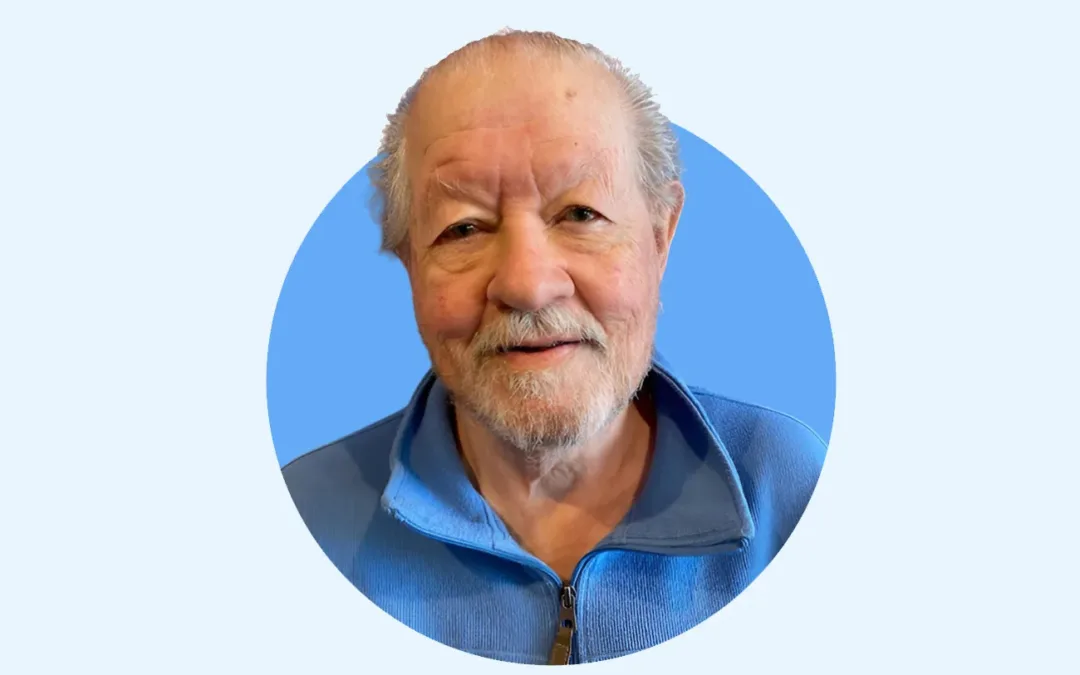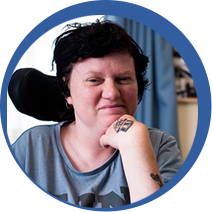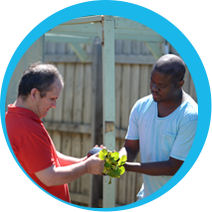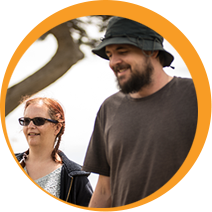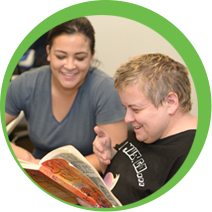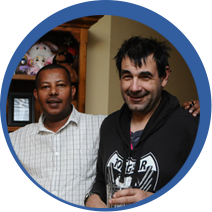Alan Gruner is western region coordinator of Victoria’s Community Visitor program, which visits Gellibrand’s group homes and those of many other organisations. And he wants everyone to know one thing: he and his team of volunteers are not the police.
“Sometimes new staff can think that’s what we are when we visit. But we’re there to support residents [who Gellibrand knows as ‘clients’], and staff as well. We sometimes help workers get to better know the needs of the people they support, while also assisting staff to get maintenance issues resolved in government-owned houses,” Alan said.
Alan has been a volunteer with the Office of the Public Advocate’s (OPA) Community Visitor program for ten years. The program ranges across the health sector, but Alan and his team visits SDA- and SIL-funded group houses, including those that Gellibrand manage.
“I was working in aged care, with older people with disabilities, and I also had 30 years’ experience in the disability sector. I wanted to stay involved,” Alan said when asked why he decided to volunteer with the Community Visitor program.
The program’s volunteers can only visit in pairs, with one person responsible for writing and submitting to the OPA the report they provide about a house. They visit up to two houses per week and usually arrive at a house unannounced. Depending on what issues they find, it can take up to two hours to complete their visit.
“Each visitor has about ten homes on their list and we try to visit each of them three to four times per year,” Alan said, adding that they only enter homes the OPA has approved for visitation. “Once our report is sent to the OPA, those who manage the houses have 21 days to respond to any issues we find.”
Alan said engaging with people who live with disabilities keeps him motivated to continue. “We get a lot of positive feedback. Residents [clients] are happy to see us – and staff know we can help them, too.”
He said the way in which support workers were able to encourage and facilitate people’s independence was a big positive change he’d seen in the disability sector in the last decade.
“There is more of a focus on supporting people to have a good social life, manage their finances, and use public transport. People are getting the chance to be independent, get involved in the community, and do the things they want.”
He said he’d also noticed that advances in technology, like iPads, had been increasingly helpful for people who live with disabilities. “I see staff are very helpful with this, too, and it’s a great assistance, especially for people who are non-verbal.”
So, if you see Alan at a Gellibrand house, it doesn’t mean someone has called the police. He and his team are there to make sure that people who live with a disability are getting the supports they deserve.
“It’s helpful if more organisations are aware of who we are and what we do,” Alan said. “We’re there to support people with a disability.”

